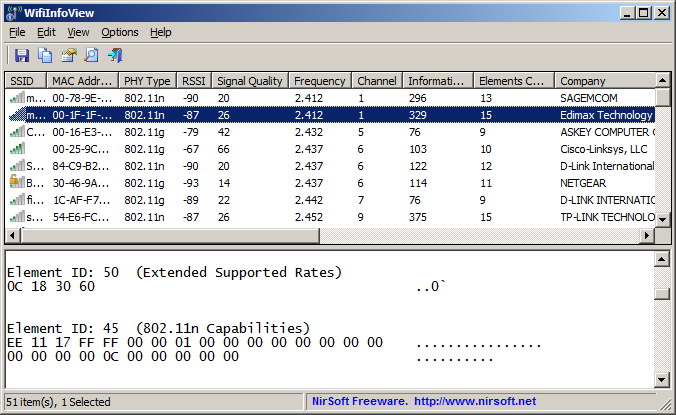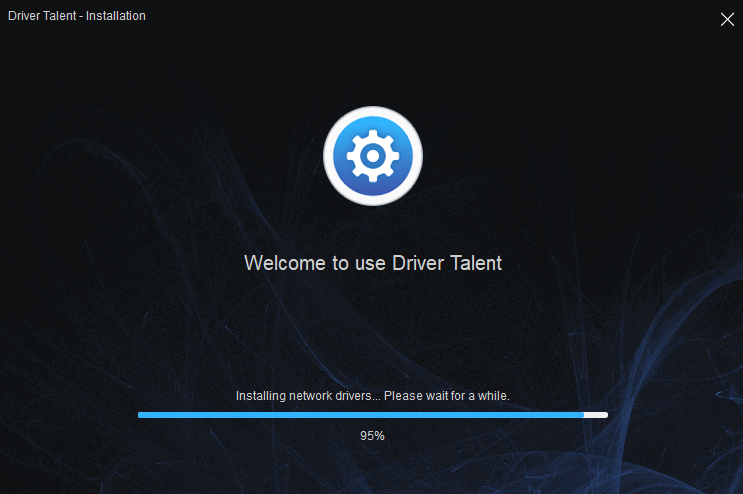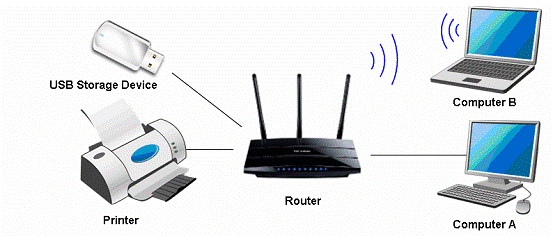In audio and broadcast engineering, Audio over Ethernet (sometimes AoE—not to be confused with ATA over Ethernet) is the use of an Ethernet-based network to distribute real-time digital audio. AoE replaces bulky snake cables or audio-specific installed low-voltage wiring with standard network structured cabling in a facility. AoE provides a reliable backbone for any audio application, such as for large-scale sound reinforcement in stadiums, airports and convention centers, multiple studios or stages.
- VIA Network & Wireless Cards Driver Download For Windows
- Via Network & Wireless Cards Driver Download For Windows Xp
- Via Network & Wireless Cards Driver Download For Windows 10
- Via Network & Wireless Cards Driver Download For Windows 7
- Via Network & Wireless Cards Driver Download For Windows 8
While AoE bears a resemblance to voice over IP (VoIP) and audio over IP (AoIP), AoE is intended for high-fidelity, low-latency professional audio. Because of the fidelity and latency constraints, AoE systems generally do not utilize audio data compression. AoE systems use a much higher bit rate (typically 1 Mbit/s per channel) and much lower latency (typically less than 10 milliseconds) than VoIP. AoE requires a high-performance network. Performance requirements may be met through use of a dedicated local area network (LAN) or virtual LAN (VLAN), overprovisioning or quality of service features.
- SEC Network will debut its latest SEC Storied documentary 'Once Upon a Comeback,' the story of swimming sensation Dara Torres, on Monday, Feb.
- Get dinner on the table with Food Network's best recipes, videos, cooking tips and meal ideas from top chefs, shows and experts.
- 3- Change network type using Local Security Policy. Go to Run – secpol.msc; Select Network List Manager Policies. This will list all the networks in the right hand pane. Double click your desired network, go to Network Location tab. Change the Network location type to either Not configured, private or public.
- Via is reshaping public transit, from a rigid system of fixed routes and schedules to a fully dynamic network. Our technology pairs the best of public transportation with the convenience of a private car. We use our algorithms to take people where they need to go in the quickest, most affordable, and environmentally responsible way possible.
Some AoE systems use proprietary protocols (at the lower OSI layers) which create Ethernet frames that are transmitted directly onto the Ethernet (layer 2) for efficiency and reduced overhead. The word clock may be provided by broadcast packets.
The Ethernet section appears if you're connected to a network via Ethernet, and is similar to the Wi-Fi section. Here, you'll see the network you're connected to - click on it, and you'll be able.
Protocols[edit]
There are several different and incompatible protocols for audio over Ethernet. For example, using category 5 cable and 100BASE-TX signaling at 100 Mbits/second, each link can generally transmit between 32 and 64 channels at a 48 kHz sampling rate. Some can handle other rates and audio bit depths, with a corresponding reduction in number of channels.
AoE is not necessarily intended for wireless networks, thus the use of various 802.11 devices may or may not work with various (or any) AoE protocols.[1]
Protocols can be broadly categorized into Layer-1, Layer-2 and Layer-3 systems based on the layer in the OSI model where the protocol exists.
Layer-1 protocols[edit]
Layer-1 protocols use Ethernet wiring and signaling components but do not use the Ethernet frame structure. Layer-1 protocols often use their own media access control (MAC) rather than the one native to Ethernet, which generally creates compatibility issues and thus requires a dedicated network for the protocol.
Open standards[edit]
- MaGIC by Gibson[2]
Proprietary[edit]
- SuperMAC, an implementation of AES50[3]
- HyperMAC, a gigabit Ethernet variant of SuperMAC[4]
- A-Net by Aviom[5]
- AudioRail[6]
- ULTRANET By Behringer[7]

Layer-2 protocols[edit]
Layer-2 protocols encapsulate audio data in standard Ethernet packets. Most can make use of standard Ethernet hubs and switches though some require that the network (or at least a VLAN) be dedicated to the audio distribution application.
Open standards[edit]
- AES51, A method of passing ATM services over Ethernet that allows AES3 audio to be carried in a similar way to AES47
- Audio Video Bridging (AVB), when used with the IEEE 1722 AV Transport Protocol profile (which transports IEEE 1394/IEC 61883 over Ethernet frames, using IEEE 802.1AS for timing)
Proprietary[edit]
- CobraNet
- RAVE by QSC Audio, an implementation of CobraNet[8]
- EtherSound by Digigram[9]
- NetCIRA, a rebranded EtherSound by Fostex
- REAC and RSS digital snake technology by Roland[10][11]
- SoundGrid by Waves Audio
- dSNAKE by Allen & Heath
Layer-3 protocols[edit]
Layer-3 protocols encapsulate audio data in OSI model layer 3 (network layer) packets. By definition it does not limit the choice of protocol to be the most popular layer-3 protocol, the Internet Protocol (IP). In some implementations, the layer-3 audio data packets are further packaged inside OSI model layer-4 (transport layer) packets, most commonly User Datagram Protocol (UDP) or Real-time Transport Protocol (RTP). Use of UDP or RTP to carry audio data enables them to be distributed through standard computer routers, thus a large distribution audio network can be built economically using commercial off-the-shelf equipment.
Although IP packets can traverse the Internet, most layer-3 protocols cannot provide reliable transmission over the Internet due to the limited bandwidth, significant End-to-end delay and packet loss that can be encountered by data flow over the Internet. For similar reasons, transmission of layer-3 audio over wireless LAN are also not supported by most implementations.
Open standards[edit]
- AES67[12]
- Audio Contribution over IP standardized by the European Broadcasting Union
- Audio Video Bridging (AVB), when used with IEEE 1733 or AES67 (which uses standard RTP over UDP/IP, with extensions for linking IEEE 802.1ASPrecision Time Protocol timing information to payload data)
- NetJack, a network backend for the JACK Audio Connection Kit[13]
- Zita-njbridge, a set of clients for the JACK Audio Connection Kit
- RAVENNA by ALC NetworX (uses PTPv2 timing)
Proprietary[edit]
- Livewire by Axia Audio, a division of Telos Systems
- Dante by Audinate (PTPv1 timing)
- Q-LAN by QSC Audio Products (PTPv2 timing)[14]
- WheatNet-IP by Wheatstone Corporation[15]
Similar concepts[edit]
RockNet by Riedel Communications,[16] uses Cat-5 cabling. Hydra2 by Calrec[17] uses Cat-5e cabling or fiber through SFP transceivers.[18]
MADI uses 75-ohmcoaxial cable with BNC connectors or optical fibre to carry up to 64 channels of digital audio in a point-to-point connection. It is most similar in design to AES3, which can carry only two channels.
AES47 provides audio networking by passing AES3 audio transport over an ATM network using structured network cabling (both copper and fibre). This was used extensively by contractors supplying the BBC's wide area real-time audio connectivity around the UK.
Audio over IP differs in that it works at a higher layer, encapsulated within Internet Protocol. Some of these systems are usable on the Internet, but may not be as instantaneous, and are only as reliable as the network route — such as the path from a remote broadcast back to the main studio, or the studio/transmitter link (STL), the most critical part of the airchain. This is similar to VoIP, however AoIP is comparable to AoE for a small number of channels, which are usually also. Cirrus Logic. Retrieved 2019-01-09.

VIA Network & Wireless Cards Driver Download For Windows


Q-LAN updated to PTPv2 approximately two years ago.
Via Network & Wireless Cards Driver Download For Windows Xp
Via Network & Wireless Cards Driver Download For Windows 10
Via Network & Wireless Cards Driver Download For Windows 7
Via Network & Wireless Cards Driver Download For Windows 8
